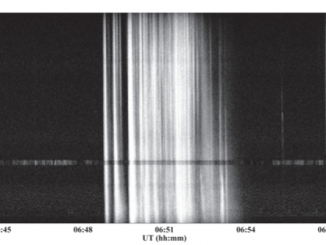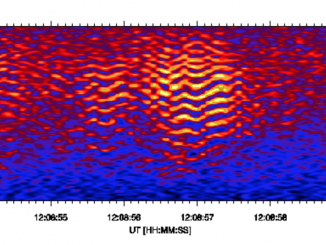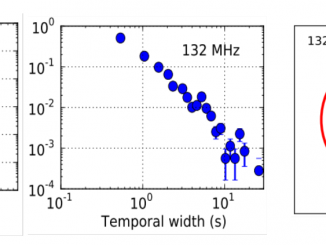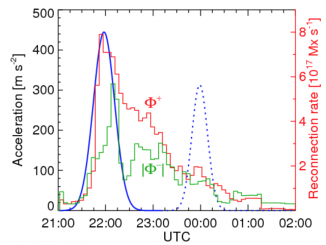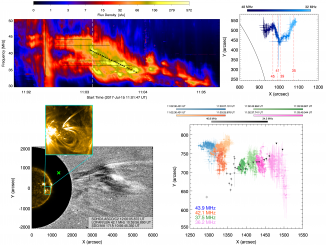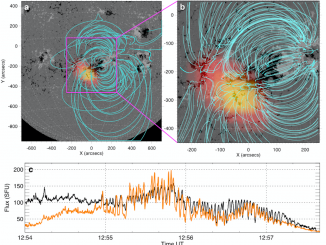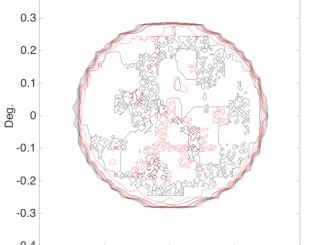Radio echo in the turbulent corona and simulations of solar drift-pair radio bursts observed with LOFAR
by Kuznetsov et al
Drift-pair bursts are a rare and mysterious type of fine spectral structures in the low-frequency domain of solar radio emission. First identified by Roberts (1958), they appear in the dynamic spectrum as two parallel frequency-drifting bright stripes separated in time; the trailing stripe seems to repeat the morphology of the leading one with a typical delay of ~1–2 s (see, e.g., Figure 1). Recent imaging spectroscopy observations with the LOw-Frequency […]


